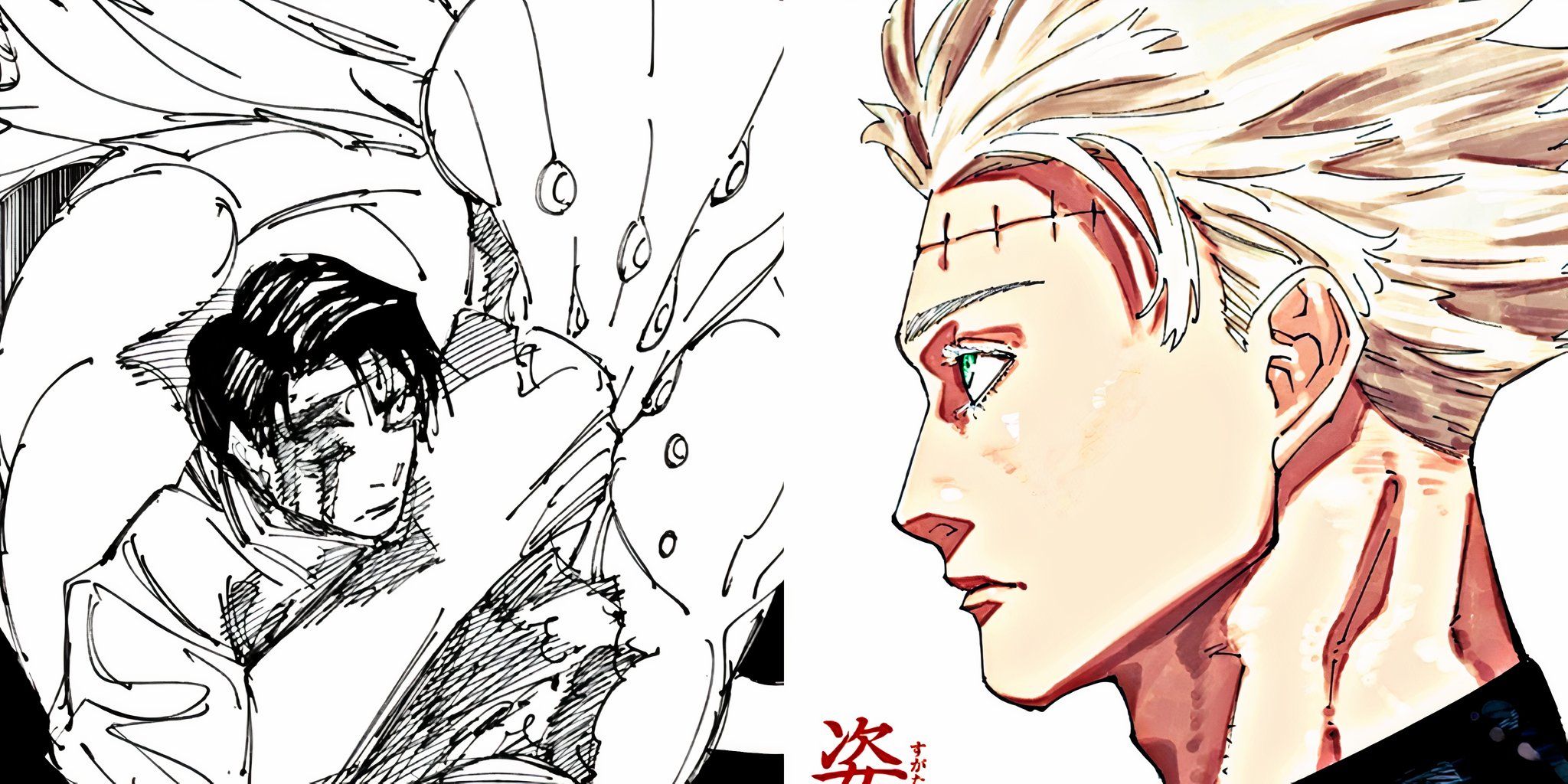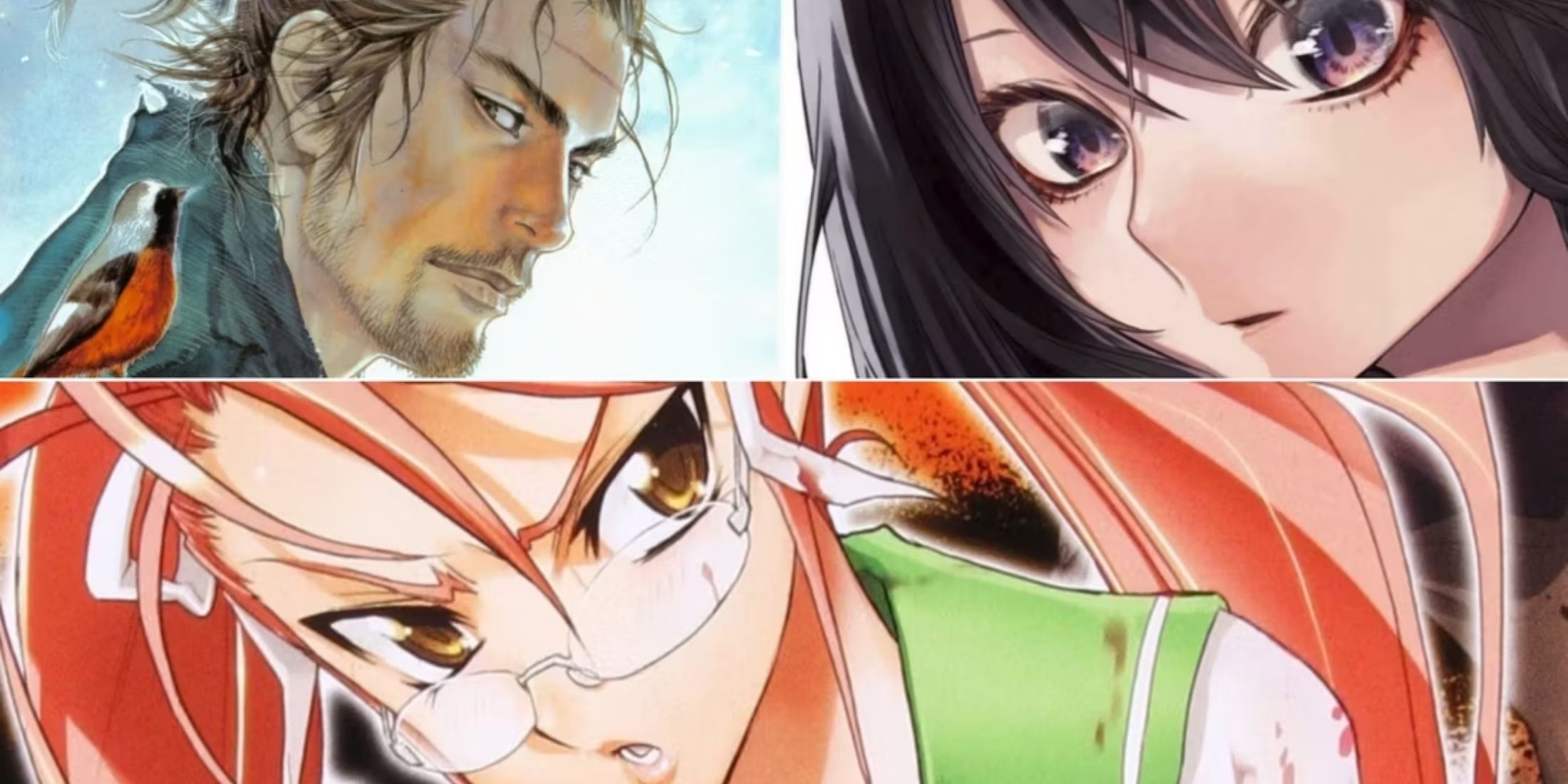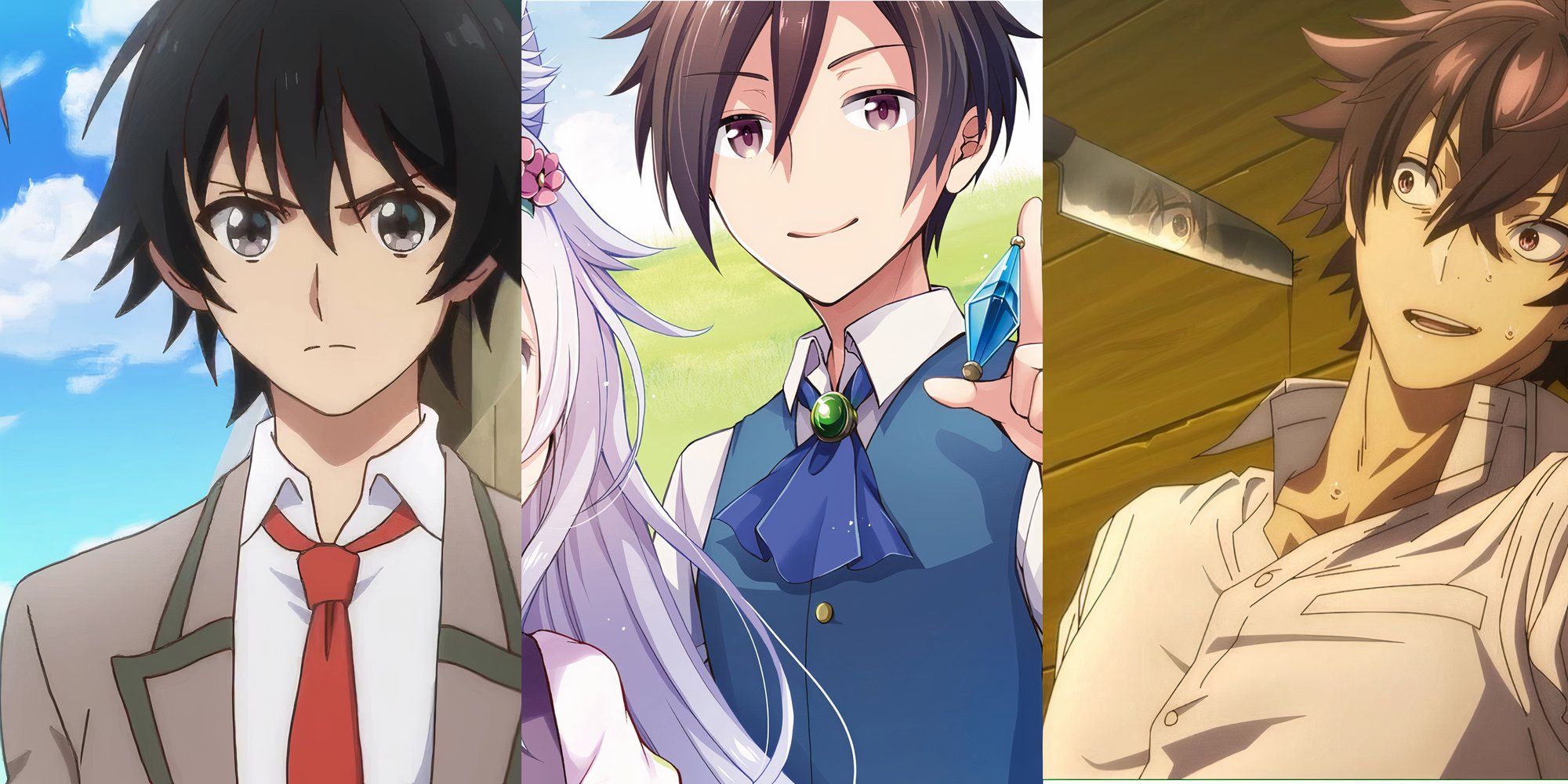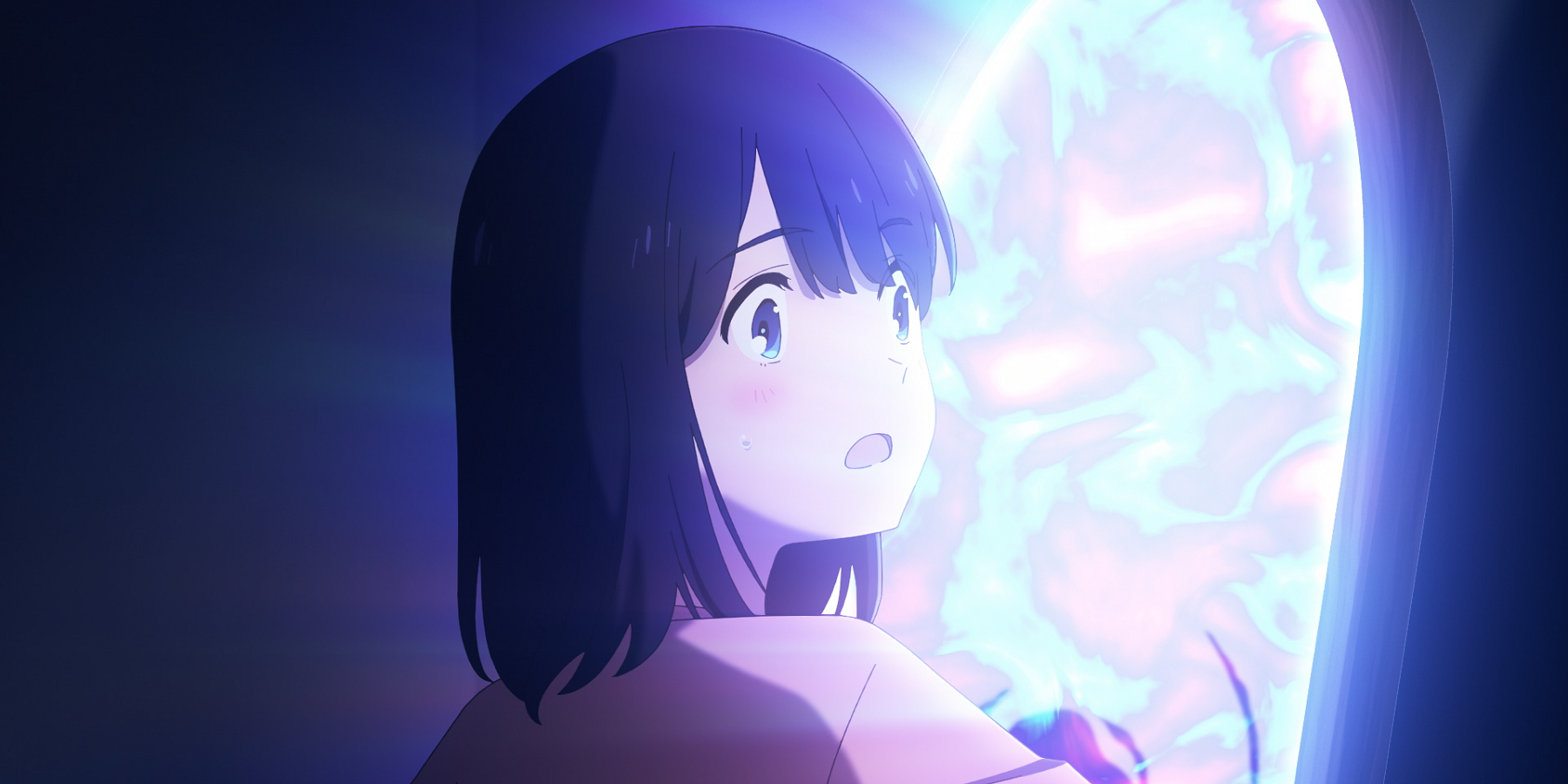From acclaimed anime director Keiichi Hara (known for his extensive work on the various anime incarnations of Doraemon as well as the 2015 arthouse-darling feature Miss Hokusai), Lonely Castle in the Mirror is a unique and important work of anime filmmaking. At almost two hours in length to adapt the acclaimed 2017 Japanese novel from Mizuki Tsujimura, the relatively long an anime feature economically uses its runtime to weave a deft, if a little uneven, story of the challenges and traumas of coming-of-age.
Lonely Castle in the Mirror opens with a young junior high student, Kokoro, who has no desire to keep going to school. When the mirror in her room begins to transform into a portal to another apparent realm, Kokoro finds herself whisked away to a mysterious, fantastical castle. With a group of seven students brought together by another mysterious masked girl known only as “The Wolf Queen” after the story of Little Red Riding Hood, the group is given a challenge to find a key within the castle that can grant any wish to only one of them. If the wish is used, the group will all forget their experiences together in the castle, but they will be able to keep their memories of the otherworldly location should they refuse to. With the ability to traverse between the castle and their own reality more or less as they please (with a few rules here and there), Kokoro and her six companions begin to bond over many months, with their meetings inside the castle often serving as a waypoint for processing their insecurities and hardships in the real world.
Visually, the film recalls many of the framing and design sensibilities of Hara’s previous anime, while also utilizing a more fantastical, whimsical design sensibility for the castle’s interior. The film utilizes a combination of 2D animation for its character movement and a majority of the film’s locations, although CGI is used for certain action-based shots and wider shots of the castle. While the CGI is hardly “bad,” it does tend to be noticeable at points—at worst causing an unintentional sense of weightlessness for the 2D characters moving against partially-CGI environments. The visibility of the proverbial scaffolding of this CGI is balanced out by the strength of the art direction, which across the film’s years of development included the talents of the renowned Takashi Nakamura, who passed away during production and receives a touching personal note from the director at the end of the film’s credits.
The film is, interestingly, takes many of the common motifs and aesthetics of the isekai genre and sort of inverts them. If the typical isekai uses imaginative and otherworldly settings to whisk a less-than-popular Japanese protagonist into an escapist fantasy, Lonely Castle uses the setting as location for the seven students to lay bare all of their challenges to both each other and to themselves. Many of these challenges are common challenges inherent to coming of age, whereas they can also veer into darker issues of targeted personal bullying, family tragedies, and worse.
The initial presentation of the film, with its Little Red Riding Hood motifs and lightly-speculative coming-of-age themes, initially gives the impression of it belonging on the same innocuous shelf as Mamoru Hosoda’s Mirai or Makoto Shinkai’s Weathering With You. And while much of the film is comparable to those titles, its darker treatments of other themes might warrant a bit more discretion than one might initially expect. The more fantastical elements shouldn’t be seen as a lull from some very grounded depictions of traumatic situations, and the film wouldn’t be as good for an all-ages showing as, say, a family-friendly Ghibli flick.
In the press junket leading up to the film, Keiichi Hara has expressed that he hopes that this film can offer a window into the struggles that are faced by youths—in Japan or anywhere. Through his character-driven, yet fantastical treatment of sensitive issues, Lonely Castle in the Mirror is a unique and potent statement told through the medium of anime. And much like a mirror itself, the film points back to what needs to be seen in reality.
Lonely Castle in the Mirror is in select North American theaters on June 21 and 22, 2023. Tickets and information can be found on GKIDS’ website.
Film: Lonely Castle in the Mirror
Director: Keiichi Hara
Rating: 3/5




